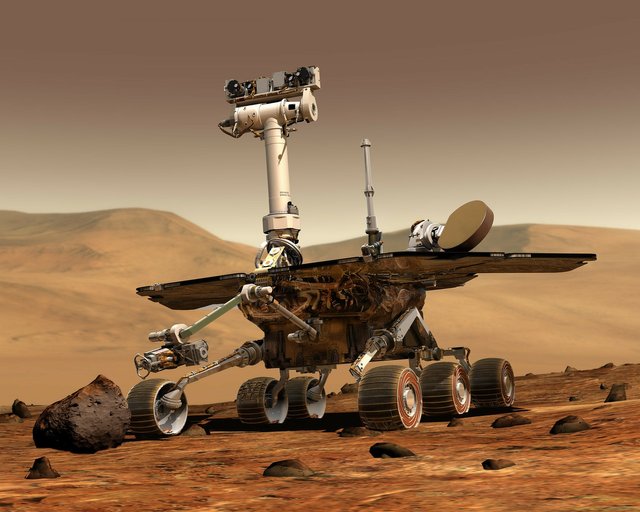American Scientists Automated The Production Of Nuclear Fuel For Space Probes
NASA’s robotic explores that go into deep space and one day even to other worlds need a radioactive source of energy. Plutonium-238 is great but making it is not easy. But a new technology will allow NASA to make 1.5 kg of plutonium-235 every year.

Plutonium-238 is a great and effective source of energy for dozens of NASA’s mission in our solar system. For example, the famous Curiosity rover is fueled by it and other successful missions like Cassini or Voyager use it as well.
The problem is that making this radioactive isotope is not easy. Or wasn’t. Scientists from the Oak Ridge National Laboratory (ORNL) found a way how to automate the production of aluminum pallets with neptunium oxide. This pellets can be relatively easily irradiated and chemically processed into plutonium-238 making its production much easier. If all goes well it will allow us to increase the production from 80 pellets to 275 pellets per week.
Plutonium-238 is an incredible isotope. Thanks to its natural radioactive decay it naturally produces equal amounts of warmth. At the same time, it stays relatively stable, safe and produces only relatively low amounts of beta and gamma radiation. Its half-life is 87.7 and that guarantees that it will produce practically the same amount of energy for decades.
Another benefit is that plutonium-238 isn’t used to make nuclear weapons and isn’t used in nuclear power plants. But it used to be created as a byproduct when plutonium-239 – weapons-grade plutonium – was made. Since the Cold War ended its reserves diminished significantly. That is why the United States started making again in recent years but its amounts were still too low for the needs of NASA.
ORNL recently published that NASA only had 35 kilograms of plutonium-238 left. That is enough for two, maybe three missions. But now they believe that this new technology will provide us with enough fuel so we don’t have to scrap missions just because we don’t have plutonium-238.
- If you like the content I’m producing about science maybe you will like the content I produce about gaming as well! Be sure to check out my other blogs!
- @gaming-trail Where we are your everyday source of gaming-news!
- @kralizec Where I review video games and make commentaries about video games
🏆 Hi @scisteem! You have received 0.2 STEEM reward for this post from the following subscribers: @cardboard
Subscribe and increase the reward for @scisteem :) | For investors.
To listen to the audio version of this article click on the play image.

Brought to you by @tts. If you find it useful please consider upvoting this reply.